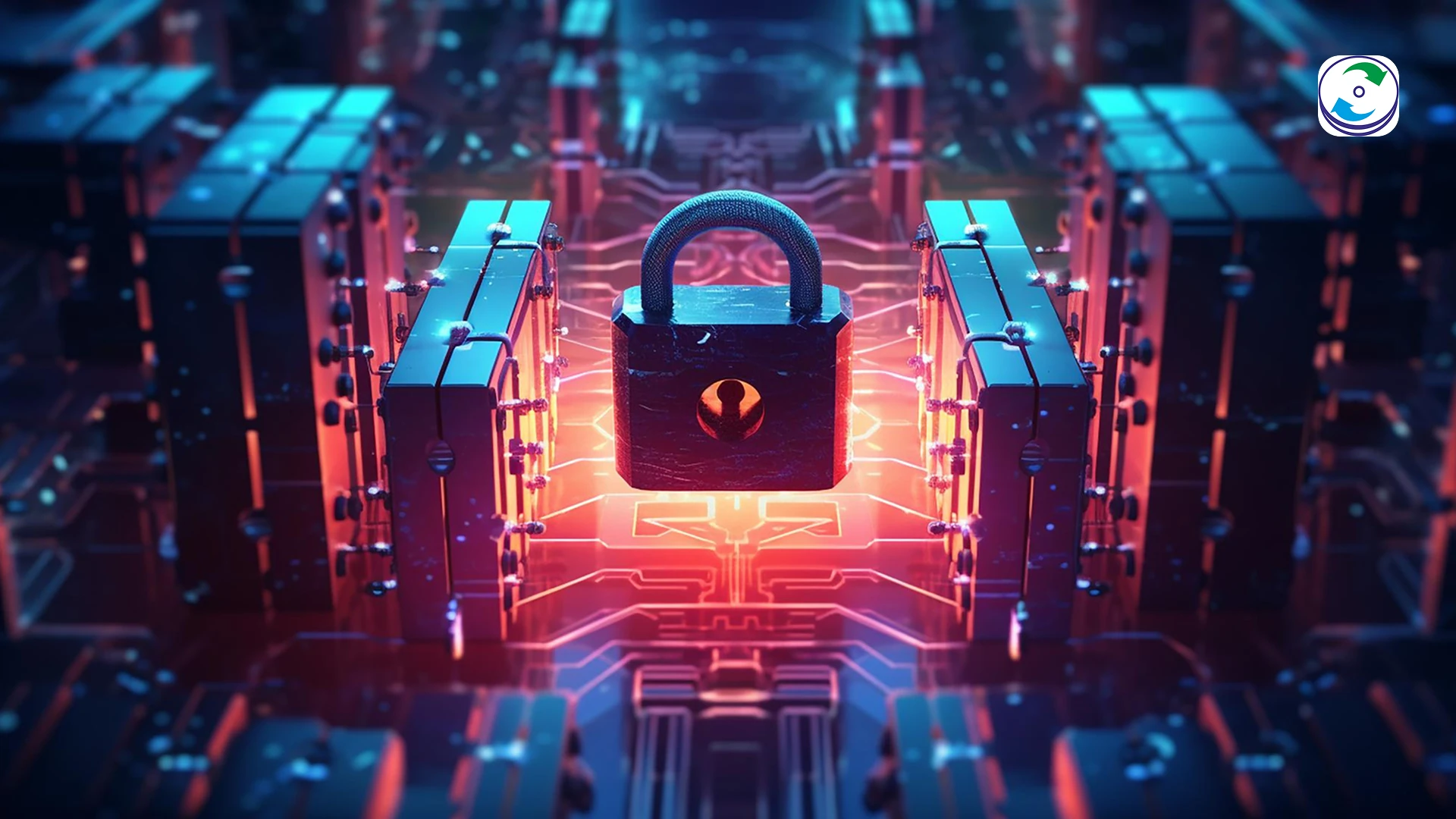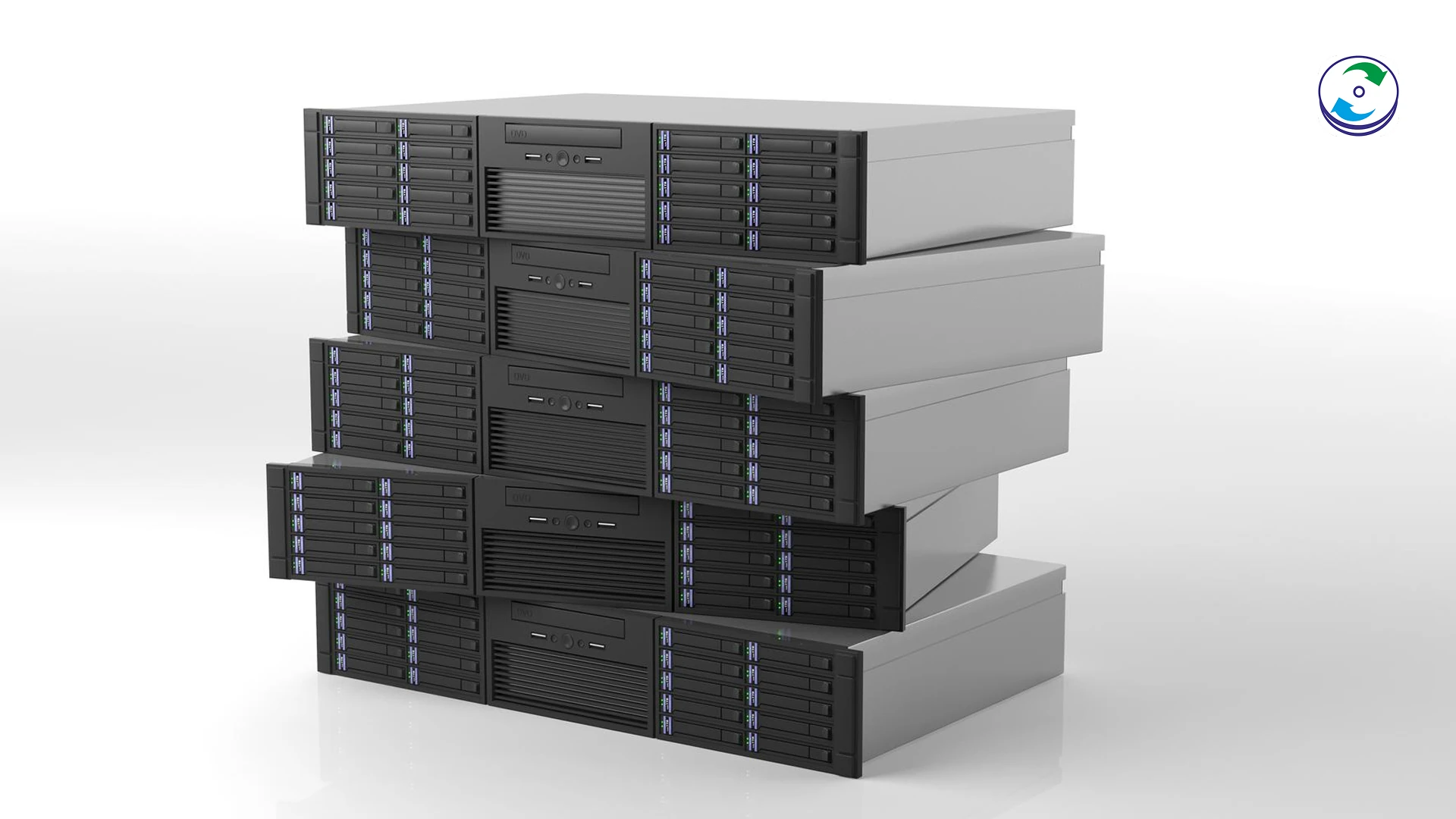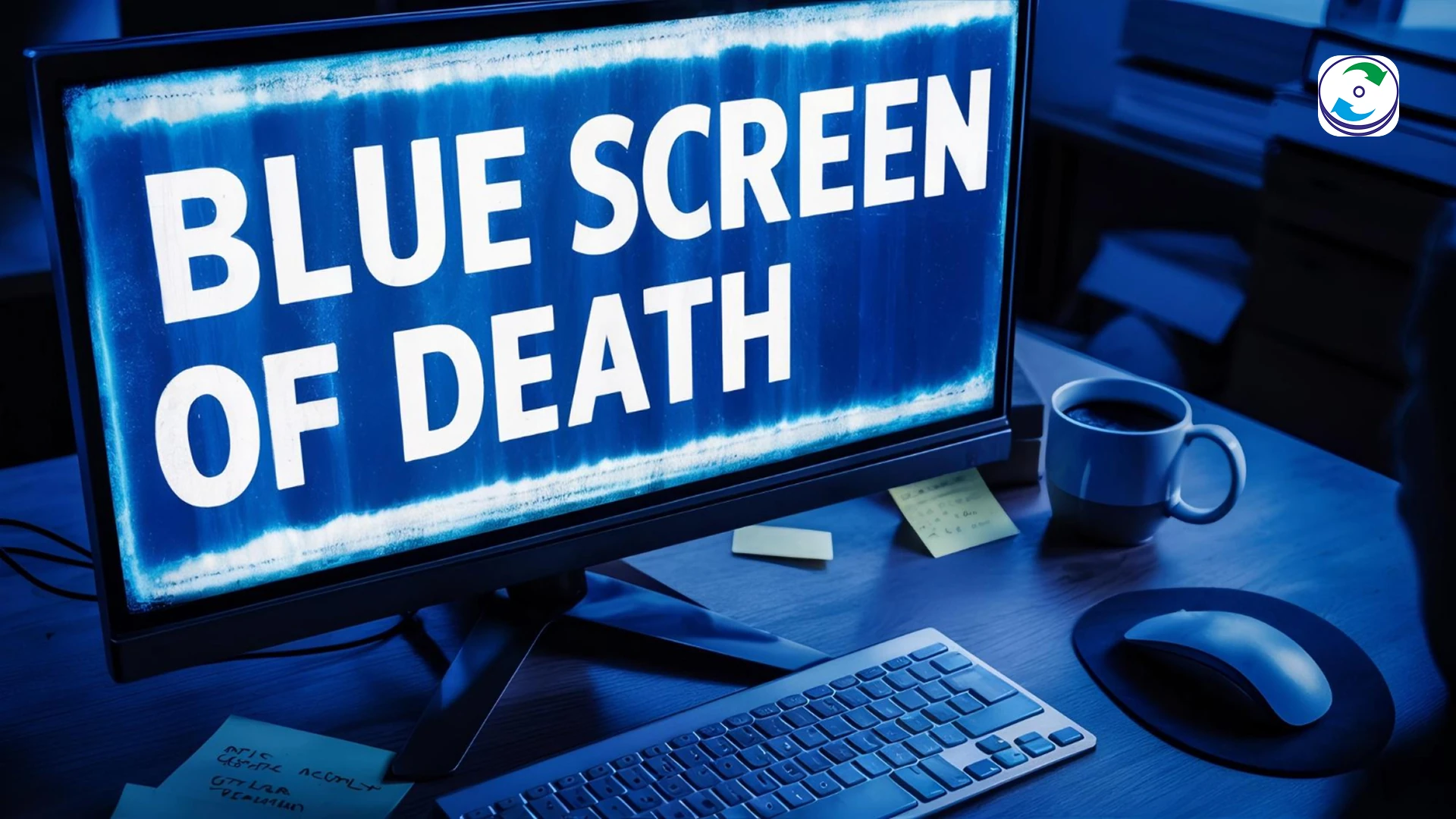Ransomware’s Evolving Threat: Why LTO Tape is Becoming Your New Best Friend for Air-Gapped Backups

Introduction
For years, the gold standard in data backup was simply having a copy of your data. Then came the era of cloud and disk-based backups, offering speed and convenience. But as ransomware has evolved, so must our defense strategies. Today, sophisticated ransomware groups don’t just encrypt your primary data; they specifically target and delete your online backups, leaving businesses with no choice but to pay the ransom.
In this high-stakes game of digital cat and mouse, a technology once considered a legacy is making a powerful comeback: Linear Tape-Open (LTO) tape. Its unique and simple principle of creating a true air gap provides a level of security that modern, always-on solutions cannot match, making it a crucial last line of defense against modern ransomware attacks.
The Power of the Air Gap: Your Best Defense
An air gap is a physical or logical isolation of a computer or network from other unsecured networks. For a cybercriminal to access or encrypt data, they need a network connection. LTO tape brilliantly exploits this simple fact.
When data is backed up to an LTO tape and the tape cartridge is then ejected from the drive, it is physically and completely disconnected from the network. It’s offline, not just logically but physically. This means that even if a ransomware attack successfully infiltrates your entire network—including your servers, cloud backup portals, and disk-to-disk systems—the data on the tape remains entirely unreachable. There is no IP address to attack, no network drive to corrupt, and no access for the malware to exploit.
The Hidden Costs of Modern Backup Solutions
While cloud storage offers convenience, its cost model for long-term archiving and massive data sets can be a double-edged sword. Recurring monthly fees for large volumes of “cold” data can quickly escalate, and hefty egress fees can make a full-scale data recovery from the cloud a financially crippling event.
LTO tape, on the other hand, offers a superior total cost of ownership (TCO) for large volumes of infrequently accessed data. While the upfront investment in a tape drive or library may be higher, the cost per terabyte on the tape media itself is significantly lower. Once the data is on the tape, there are no recurring costs. It’s a single, one-time investment that pays dividends in both cost savings and unparalleled security.
Reliability, Longevity, and Immutability
Beyond the air gap and cost-effectiveness, LTO technology has evolved to meet modern data demands:
-
Incredible Longevity: LTO tapes have a certified lifespan of 30 years or more when stored correctly. This makes them ideal for long-term data archiving, a common need for compliance and regulatory purposes.
-
WORM Functionality: LTO-3 and later generations support Write Once, Read Many (WORM) functionality. This feature makes the data on the tape immutable—it cannot be altered, deleted, or overwritten, providing an extra layer of protection against tampering.
-
Hardware Encryption: LTO-4 and later generations include built-in hardware-based AES-256 encryption, which encrypts data at full speed without affecting compression or performance. This ensures that even if a tape is stolen, the data remains secure and confidential.
A Multilayered Strategy for a Multilayered Threat
The best defense is not to rely on a single backup solution. The most resilient data protection strategy follows the 3-2-1 rule:
-
3 copies of your data
-
On 2 different media types
-
With 1 copy stored off-site
LTO tape is the perfect complement to a modern backup strategy. You can use fast disk-to-disk backups for quick, daily restores, and then use LTO tape for a long-term, air-gapped, off-site copy.
In the face of an ever-evolving ransomware threat, where attackers are specifically targeting every connected backup, the simple, offline nature of LTO tape offers an unbeatable last line of defense. It gives businesses the ultimate peace of mind: a clean, verified copy of their data, physically isolated and ready for a full-scale recovery, should the worst occur.










